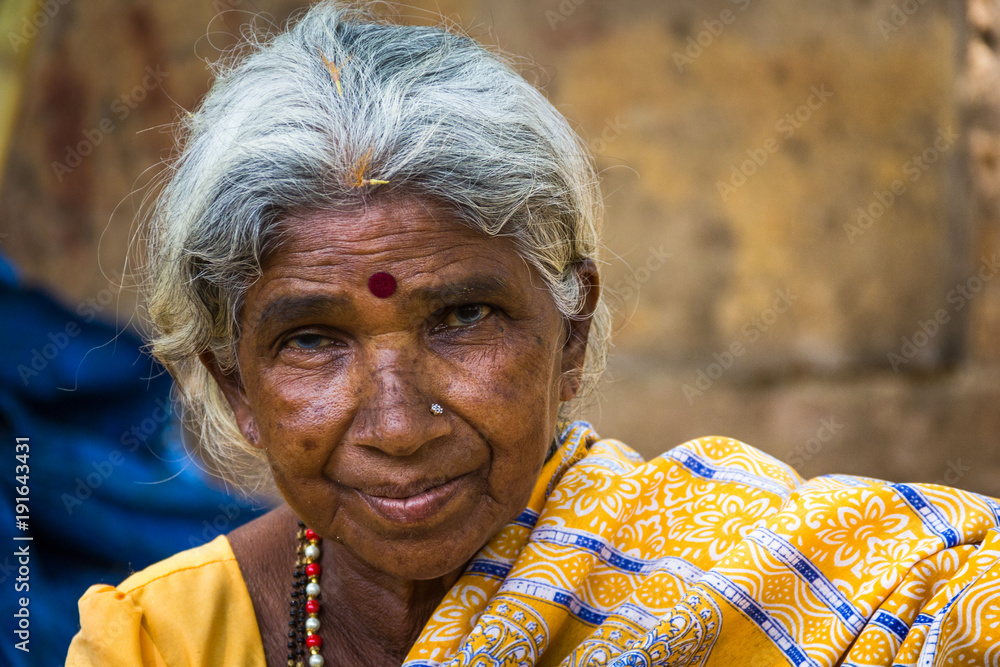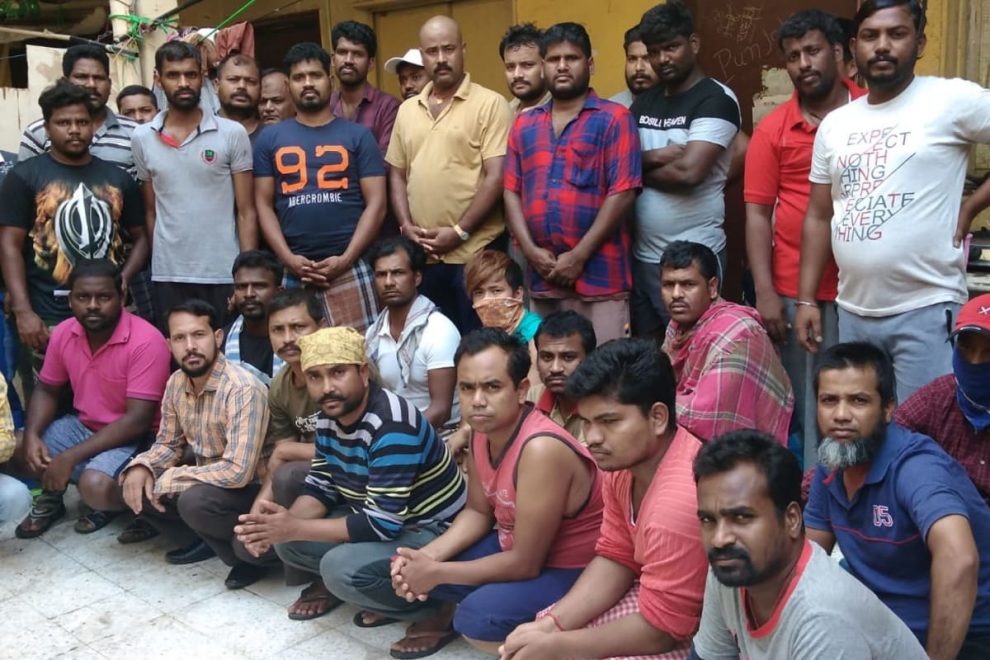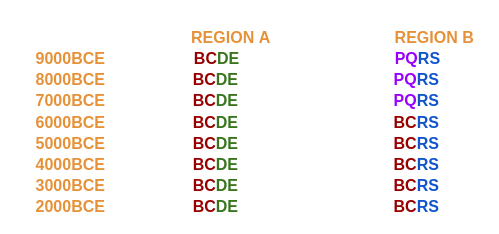by Navin Kabra
Who are Indians descended from? Aryans from Europe? Dravidians who’ve been “here” forever? The Indus valley civilization?
A controversial question for 150+ years, but now we have DNA evidence that answers these questions with a high degree of certainty.
The controversy originated with the (now discredited) “Aryan Invasion Theory” which began as a respectable theory of how Indian, European, and Persian languages all have a common ancestry: but was quickly adopted by racist white Europeans.
It started in late 17xx when William Jones, a linguistic scholar, was appointed a judge of the Bengal Supreme Court. He came to India and noticed striking the similarities between Sanskrit, Persian, Gothic, Greek, Latin.
William Jones hypothesized the existence of a common language an ancient language from which all these languages are derived (a mother-of-all-languages: now called Proto-Indo-European, or PIE).
In mid-18xx, Max Müller suggested the existence of ancient peoples in the Caucuses mountains who spoke proto-Indo-European. Some of them migrated to Europe and became Europeans, others migrated South and split into two: one group going to Persia and another to India.
This group of people was called the “Aryans” from the word “arya” that is found in both, Sanskrit and ancient Persian.
Racist Europeans loved this idea: A “superior” race of white Europeans (“caucasians” aka “Aryans”) migrated to Iran/India and subjugated the “inferior” local races. What’s not to like?
Some of them also argued that these people originated around the Mount Ararat area in the Caucasus mountains. Why Mount Ararat? Because, according to the Bible, that’s where Noah’s Ark is supposed to have landed after the flood ended!!
In the later part of his life, Max Müller tried hard to point out that a group of people who speak a languge is not the same as a “race”. But it was too late and enough racists had jumped on this bandwagon: giving rise, ultimately, to Hitler and the Nazis.
This theory is discredited because modern evidence shows: 1. the locals were not primitive (Indus Valley Civilization was quiet advanced), 2. there was no invasion, and 3. the “Aryans” didn’t “take over”.
Before we get to what really happened, let’s cover another discredited theory. Hindutva nationalists hate the Aryan Invasion theory so much that they have gone to the other extreme: The Out of India Theory which states that everything originated in India.
According to their theory, Aryans originated in India more than 7000 years ago. They invented Sanskrit, the most perfect of all languages, and wrote the Vedas, the most perfect of all books. And then spread out to the rest of the world, giving rise to Persians and Europeans.
Nobody in academia takes this theory seriously—there’s zero evidence for it. The archeological evidence, the genetic evidence, the linguistic evidence, the anthropological evidence, and the literature (stories and myths) all point to migration _in_ to India and not the other way.

What kind of evidence can exist for things that happened thousands of years ago? Let’s take the example of DNA evidence. In the last 15 years we’ve managed to do DNA sequencing of human remains from various archaeological sites.
For each such human, we have gene sequences consisting of up to 600000 genetic markers per person; and in addition, we also have the approximate date when they lived, via carbon-dating.
Consider this toy example. Assume it represents DNA sequences found in human remains in 2 regions, across 7000 years. B,C,D,E,P,Q,R & S represent clumps of DNA material (“nucleotides”). Clearly, this tells us that some people migrated from region A to B between 7000BC and 6000BC.
There is similar archaeological evidence: Pottery methods, pottery designs, different materials used for tools, types of tools all have such examples that can be used to deduce migration in one direction and not the other. Same with linguistic evidence.
And we have hundreds of such papers across the different types of evidence (archaeological, linguistic, anthropological, genetic, etc). And dozens of papers with genetic DNA evidence in the last 15 years. And the history they reveal is fascinating.
We’ll focus primarily on a 2019 paper in Nature, Narasimhan et al, with 100+ authors from 18 countries, including from Indian colleges. They studied DNA sequences of 800+ human remains from 269 different dates between 12000BCE to 1 BCE in 19 different locations.
And the results of the DNA analysis from this paper is consistent with most of the results from other papers doing other kinds of analysis.
What does it say about the origin of Indians?
Modern Indians have DNA from races that came in 3 waves:
– Ancient hunter-gatherers from Africa 65K years ago
– Middle-Eastern Pre-farmers from 6k-4k BCE
– Steppe Herders from Ukraine/Kazakhstan 1800-1500BCE
From these we got: Aryans, Indus Valley, Dravidians, Modern Indians.
All humans originated in Africa. These ancient hunter-gatherers started migrating out. They crossed the red sea, then Arabia, then Iran, then Afghanistan, Pakistan and came to India. They continued their migration and went on to Andaman islands, Indonesia, and Australia.
These people reached India approximately 65000 years ago and stayed here. In academia, they are called the Ancient Ancestral South Indians, or AASI. They are the OG Indians.
(This DNA is still found in Andamanese tribes).
Then, around 6000 to 4000 BCE, pre-farmers from modern day Iran area, started moving towards India. They weren’t yet sedentary farmers, but knew how to grow wheat and barley. These are called “Iranian Farmers” in academia.
The Iranian farmers settled near the river valleys of northwest Indian subcontinent. AASI hunter-gatherers where already living in that area at this time. The Iranian farmers co-existed with AASI for a while, traded, intermarried, and gave rise to the Indus Valley Civilization.
The Indus Valley Civilization (IVC) hit its peak between 2600BCE to 1900BCE. Then the IVC began to decline. We don’t know for sure why this happened, but this decline happened before any of the “Aryans” showed up on the scene. Probably because the rivers dried up.
Yes, it is possible that this is the famed “Saraswati” river which dried up. Or maybe it is not. We’re just not sure. But we know that around this timeframe existing rivers dried up and the land became dry and we suspect that this led to the Indus Valley cities dying.
The Indus Valley (IVC) people (who were the result of a few thousand years of Iranian farmer DNA mixing with AASI DNA) started moving into the Indian subcontinent. At this time, the OG AASI were still living in India.
Now the IVC started trading and intermarrying the AASI. Since the IVC people were moving in from northwest India, it is easy to see why there were more IVC people in North India and their numbers reduced as we move South.
This mixing over the next thousand years gave us two groups: Ancestral North Indians (ANI), in the gangetic plains of North India, with more IVC and less AASI DNA, and Ancestral South Indians (ASI), in the land South of the Vindhyas: less IVC DNA and more AASI DNA.
A little earlier, pastoralist herders from the Steppe grasslands of Central Eurasia (Ukraine/Kazakhstan) had started their migrations. One group migrated West to Europe. Another group went South and when they reached Tajikistan, split into two: one headed to Iran another to India.







